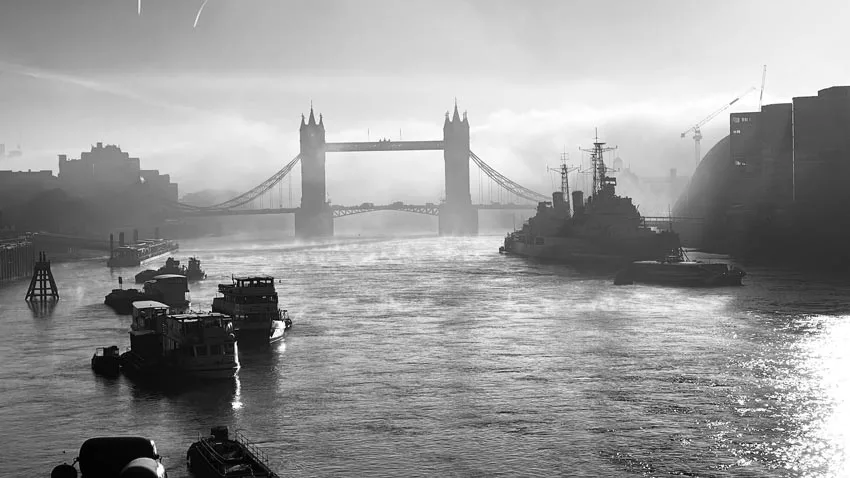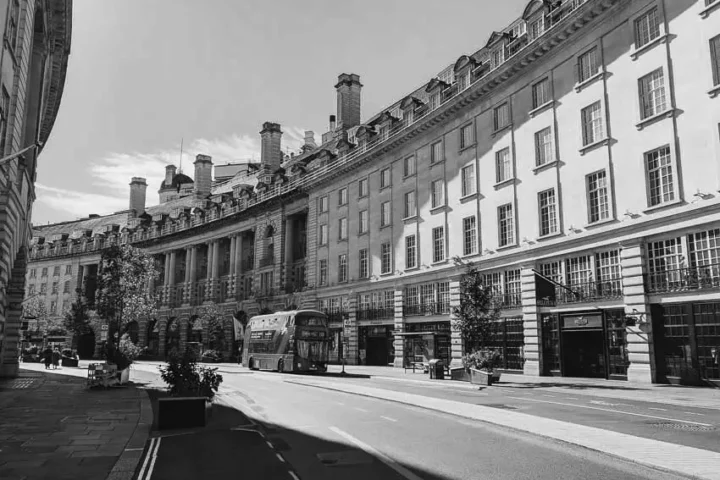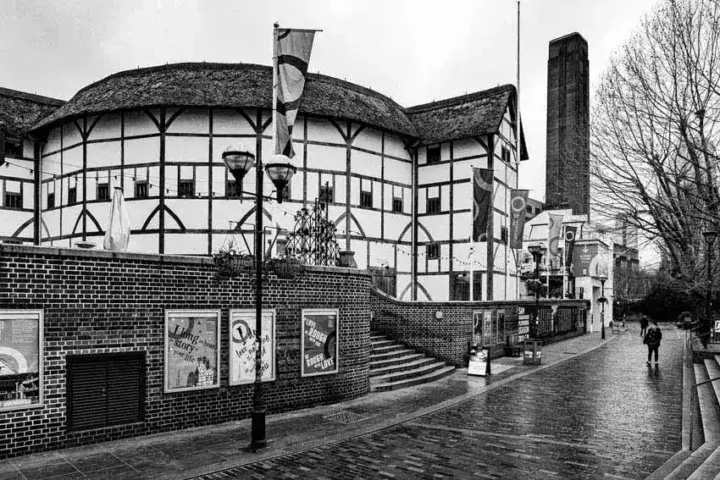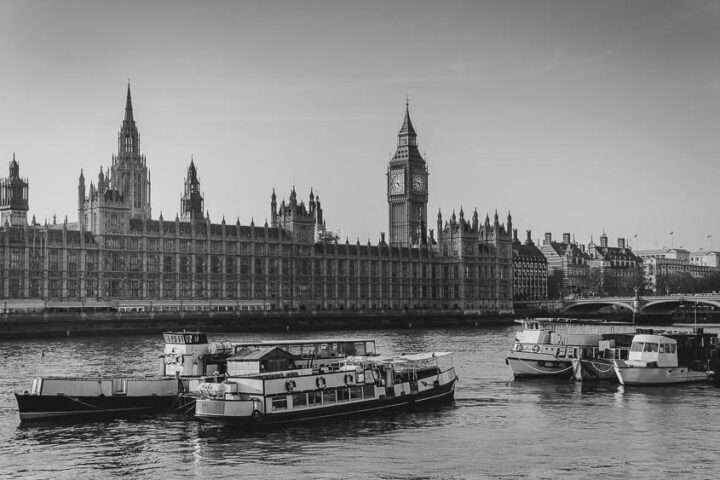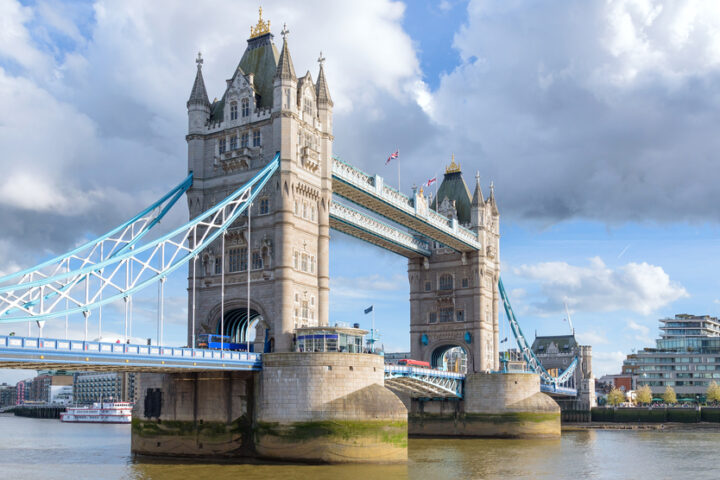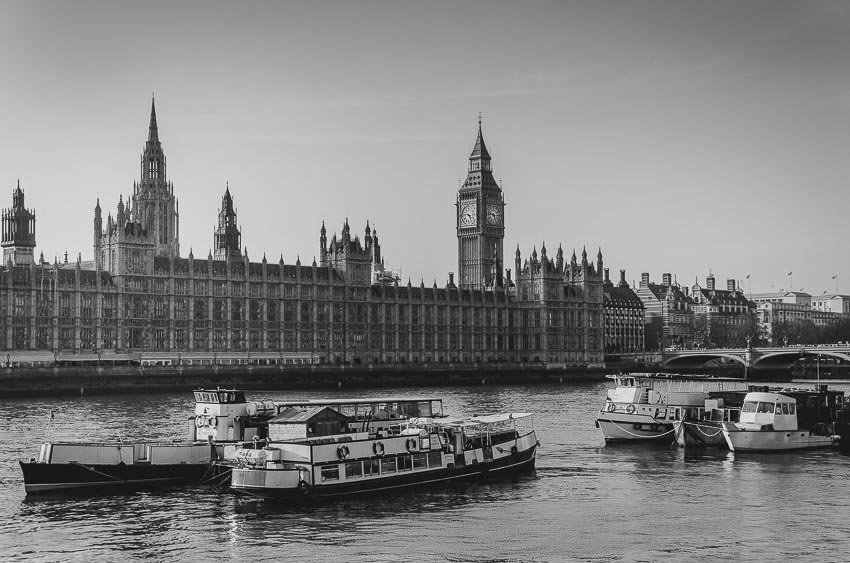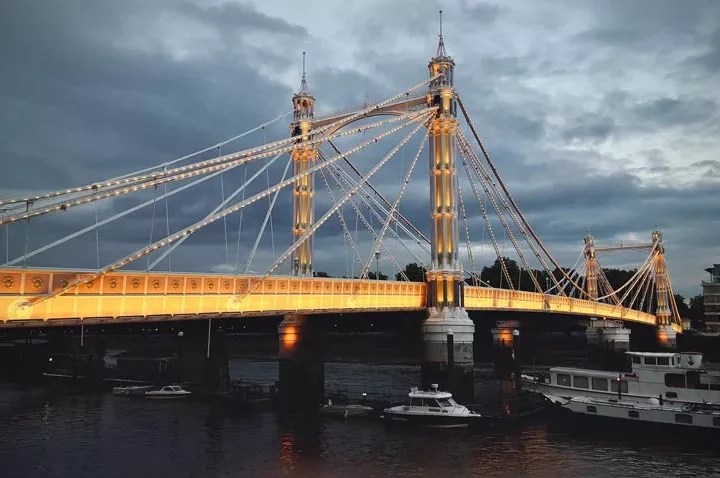Some say that the medieval history of London began on Christmas Day, 1066, when William the Conqueror was crowned and jewelled as the king of England in a ceremony at the newly furbished Westminster Abbey, just three months after his victory at the Battle of Hastings.
William granted the citizens of London special privileges, but he also built a castle in the southeast corner of the city to keep them under control. This castle was expanded by later kings until it became the multifaceted place we now know called the Tower of London.
The Tower was utilized as a royal residence, and it was not until later that it became famous as a prison. During the medieval period, it also acted as a royal mint, and treasury, and catered to the beginnings of a zoo.
In 1097 William II began the building of Westminster Hall, near the abbey of the same name. The hall was to prove the basis of a new Palace of Westminster, the prime royal residence throughout the Middle Ages. On William’s death, his brother Henry needed the support of London merchants to maintain his dubious grip on the throne. In exchange, Henry I gave city merchants the right to levy taxes and elect a sheriff to keep things under his control.
By the early 12th century the population of London was about 18,000 (compare this to the 45,000 estimated at the height of Roman Britain). In 1123 St. Bartholomew’s Priory was founded in the city, and other monastic houses quickly followed.
At one point in the medieval period, there were 13 monasteries in the city. Today, these houses are remembered only by the names they gave to their areas, such as Greyfriars, Whitefriars, and Blackfriars.
The city played a role in the outcome of the struggle between Stephen and Maud for the crown in the 12th century. Although they initially supported Maud, her arrogant behaviour when she occupied Westminster so angered the citizens that they rose in revolt, and Maud was forced to flee London.
In 1176 the first stone London Bridge was built, mere yards from the original Roman bridge across the Thames. This bridge was to remain the only one in London until 1739. Because the passage across this one bridge was narrow and congested with traffic, it was much quicker and easier for travellers to hire water boatmen to row them across the river, or transport them up or downriver.
In 1191 Richard I recognized the right of London to self-government, and the following year saw the election of the first Mayor. This right was confirmed by later monarchs.
In 1245 Henry III began his lifetime work of rebuilding Westminster Abbey, which was reconsecrated in 1269. The other major building project of the medieval period was Old St. Paul’s. The cathedral was finished in 1280.
In 1381 the city was invaded by peasants during the Wat Tyler’s Peasant’s Revolt. Although the major grievances of the peasants were aimed at the advisors of Richard II, they took advantage of their occupation of London to burgle houses within the city. The Lord Mayor, William Walworth, stabbed Wat Tyler to death in an argument at Smithfield.
The London merchants supported Edward IV in his grip on the throne in 1461. In gratitude, Edward knighted many of the merchants.

